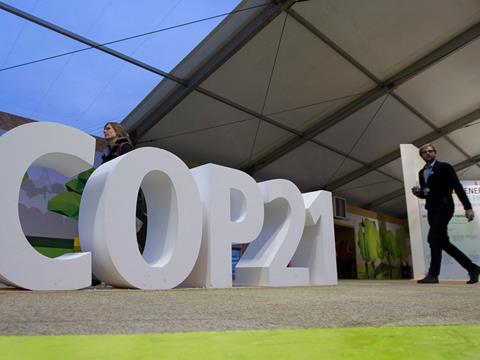
What is COP21? Not a snoozefest on sustainability but the “last chance to save the world” from cataclysmic climate change, said French president FranÇois Hollande. If that sounds hyperbolic, Barack Obama, Vladimir Putin, UN secretary-general Ban Ki-moon, Chinese President Xi Jinping and Indian PM Narendra Modi made similar speeches about the UN initiative as the two-week conference reached its conclusion. As did the Pope and Prince Charles.
How do they plan to do it? The 195 UN member countries were asked to sign a legally binding deal promising to reduce greenhouse gas emissions to keep global average temperatures below 2°C. Currently, they are around 1°C. Anything over 2°C would be a tipping point for the planet, warn scientists, causing even more intense storms and rising sea levels. Universal agreement and action would ensure, unlike previous agreements like the Kyoto Agreement Protocol, structure and commitment are built.
What are the stumbling blocks? Everyone agrees fossil fuels are a major contributor to greenhouse gases. But to date everyone has failed to agree how to tackle the problem. It took four years to produce a 48-page draft agreement for everyone to sign at COP21, which still contained 900 points of contention as the event entered its second week. A major stumbling block is money. Developing countries say they can’t stop using cheap and plentiful fossil fuels to aid their development unless already developed countries provide the finance for greener systems. In 2010, developed countries pledged $100bn a year by 2020 in ‘climate finance’. According to the OECD, $62bn was delivered in 2014. India says that $100bn figure should increase after 2020, but divisions have emerged over who should contribute after the draft agreement said climate finance payments should be paid by any countries “in a position to do so”.
Did everyone sign up? The outcome was not due until 6pm on Friday (after The Grocer went to press). But further postponement won’t derail the eco-efforts of the fmcg industry, says Martin Riant, group president & executive sponsor for global sustainability at P&G, who is at COP21. He says P&G has a plan to deliver a 30% reduction in emissions by 2020, from a base year of 2010. “Now we are trying to figure out how we can deliver that,” he says. “We have recently gone into partnership in the US to create a biomass energy plant, and another partnership with a company in Texas to create a wind farm to power all our laundry and cleaning products in the US. We will need to extend that kind of innovation in multiple places to achieve it.”
He’s confident P&G, as well as the wider fmcg industry, will succeed. At meetings of the Worldwide Business Council for Sustainable Development at COP21 there was a “strong collective energy to move forward, irrespective of political agreements”.
Outside the 2°C agreement, what other fmcg points did COP21 generate? The contribution livestock makes to greenhouse gases (not to mention methane and nitrous oxide emissions) was conspicuous by its absence, considering various estimates suggest the livestock sector produces about 15% of global greenhouse gases. And a November report from Chatham House claiming lower meat consumption will be “critical” to keep global warming below the “danger level” of 2°C was even backed by Arnie.







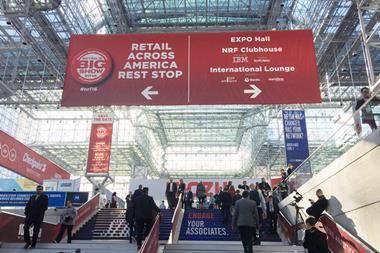
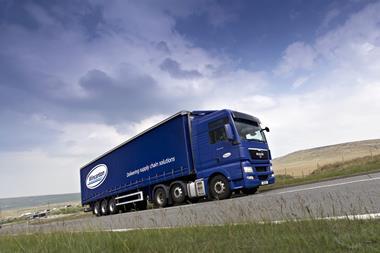
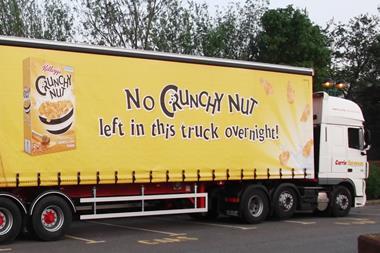
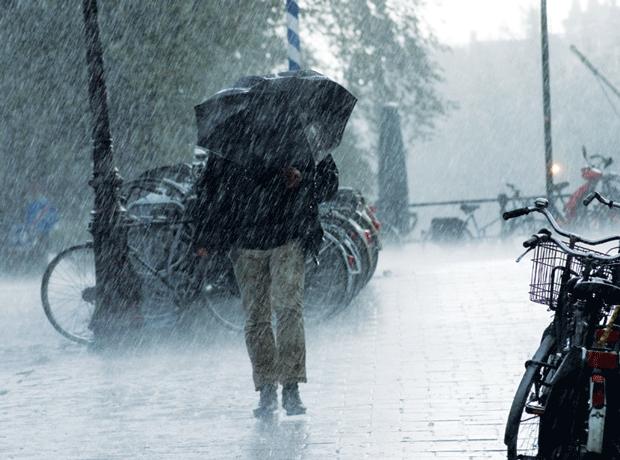
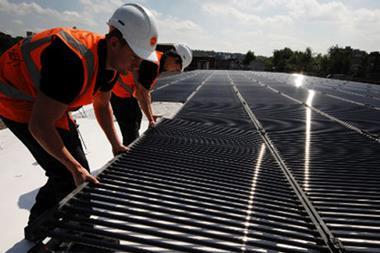

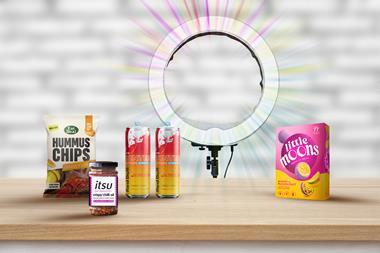





No comments yet